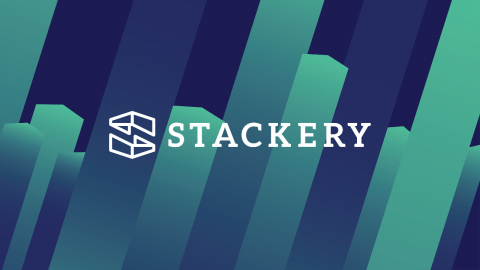Serverless Web Apps with AWS and Kotlin
This post takes a look at Kotlin, a relatively new programming language that runs on the JVM, and explores how it can be used to build serverless web apps on AWS using Lambda and API Gateway. In programming language terms Kotlin is a relative newcomer. It was first announced in 2011 by JetBrains, the makers of IntelliJ IDEA, and was designed as a modern successor to Java.







